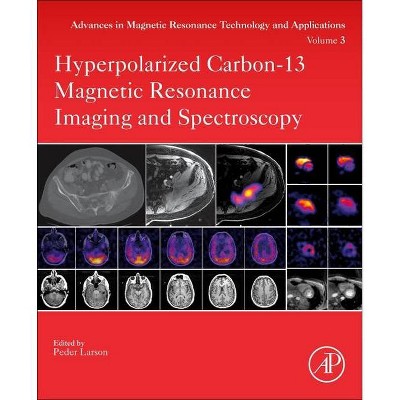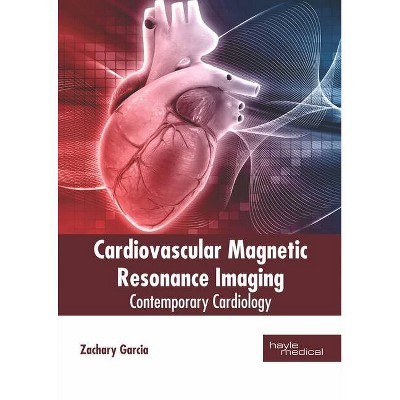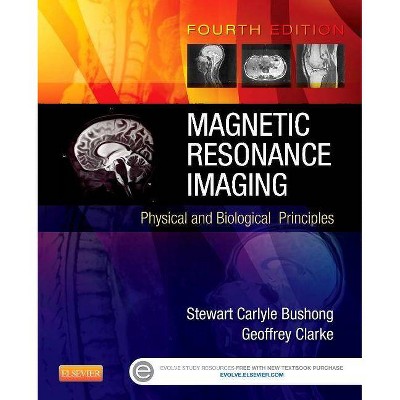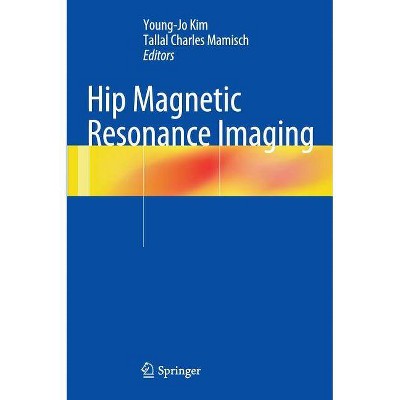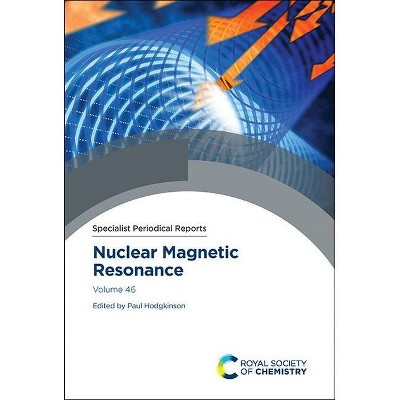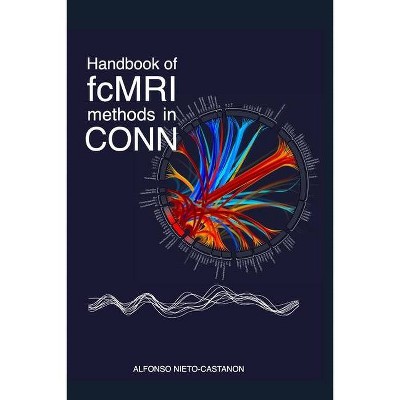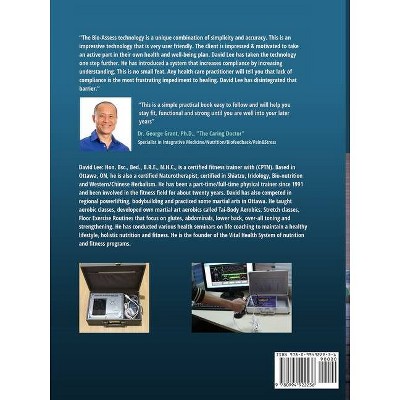Quantitative Magnetic Resonance Imaging, 1 - (Advances in Magnetic Resonance Technology and Applications) (Paperback)
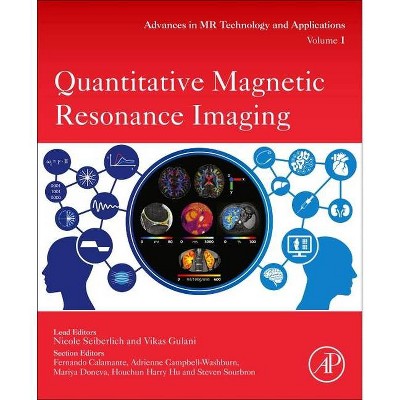
Similar Products
Products of same category from the store
AllProduct info
<p/><br></br><p><b> Book Synopsis </b></p></br></br><p><i>Quantitative Magnetic Resonance Imaging</i> is a 'go-to' reference for methods and applications of quantitative magnetic resonance imaging, with specific sections on Relaxometry, Perfusion, and Diffusion. Each section will start with an explanation of the basic techniques for mapping the tissue property in question, including a description of the challenges that arise when using these basic approaches. For properties which can be measured in multiple ways, each of these basic methods will be described in separate chapters. Following the basics, a chapter in each section presents more advanced and recently proposed techniques for quantitative tissue property mapping, with a concluding chapter on clinical applications.</p> <p>The reader will learn: </p> <ul> <li>The basic physics behind tissue property mapping</li> <li>How to implement basic pulse sequences for the quantitative measurement of tissue properties</li> <li>The strengths and limitations to the basic and more rapid methods for mapping the magnetic relaxation properties T1, T2, and T2*</li> <li>The pros and cons for different approaches to mapping perfusion</li> <li>The methods of Diffusion-weighted imaging and how this approach can be used to generate diffusion tensor</li> <li>maps and more complex representations of diffusion</li> <li>How flow, magneto-electric tissue property, fat fraction, exchange, elastography, and temperature mapping are performed</li> <li>How fast imaging approaches including parallel imaging, compressed sensing, and Magnetic Resonance</li> <li>Fingerprinting can be used to accelerate or improve tissue property mapping schemes</li> <li>How tissue property mapping is used clinically in different organs</li></ul>
Price History
Price Archive shows prices from various stores, lets you see history and find the cheapest. There is no actual sale on the website. For all support, inquiry and suggestion messagescommunication@pricearchive.us
